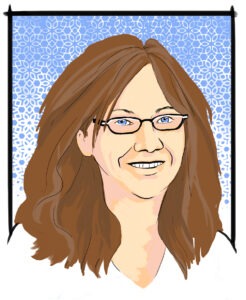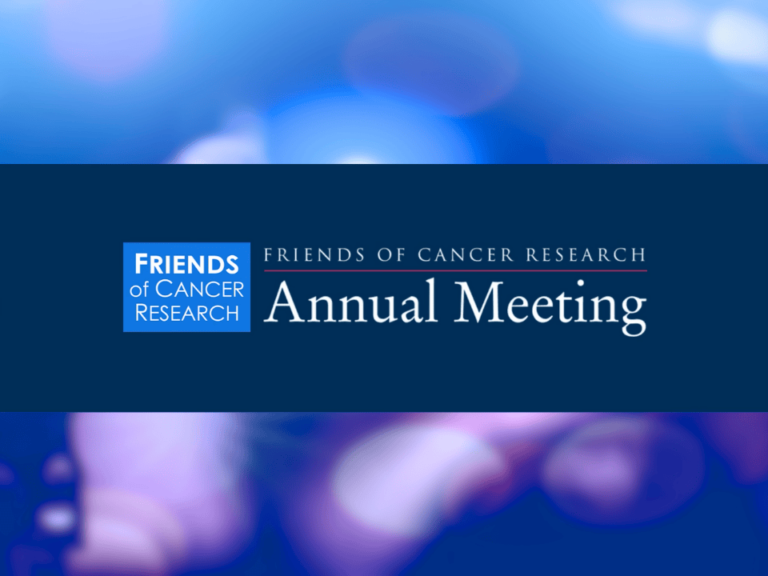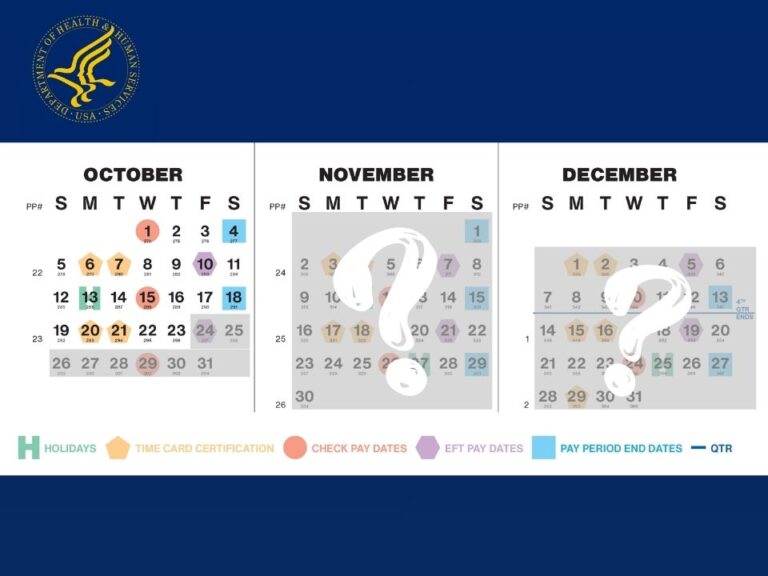Lisa Schwartz, professor of Medicine and of Community and Family Medicine at Dartmouth Medical School died on November 29 after a seven-year struggle with cancer—a terrible loss to all who knew her.


Lisa, 55, was a bright beacon leading the way in the field of risk communication as well as evidence-based shared decision-making. She was extraordinary in her rigor of thought, intellectual integrity, warm humanity, humor, and love of life.
She and her husband, Steve Woloshin, have been international thought leaders in research on communication of medical information for the public, health professionals, the media, and policymakers.
Since 2011, they have been co-directors of the Center for Medicine in the Media at the Dartmouth Institute for Health Policy and Clinical Practice. Lisa and Steve virtually established health-related numeracy as a research discipline. In that context, they co-authored the seminal book Know Your Chances: Understanding Health Statistics and also created a website of interactive risk charts to put cancer in context, which is still used by the National Institutes of Health (knowyourchances.cancer.gov).
The couple pioneered the concept of the “drug box” to explicitly provide an easy assessment of the balance of benefits and harms of medications. They extended this concept with a fact sheet used by the National Cancer Institute to provide guidance on the benefits and harms of lung cancer screening with low-dose computed tomography (LDCT), based upon the National Lung Screening Trial.
Lisa is also internationally known for advancing the related research area of disease overdiagnosis and its resulting overtreatment. She co-authored another important book on that topic entitled Overdiagnosis: Making People Sick in the Pursuit of Health. She also served along with Steve on the Board and the Scientific Committee of the annual International Preventing Overdiagnosis meeting since its inception in 2013.
It is in the context of cancer statistics and risk communication that I first met Lisa about 25 years ago, when I spoke about the NCI approach to breast cancer risk at an NCI press office-sponsored workshop on communication of cancer research results to the public.
I noticed a quiet couple sitting near the back of the room. In the following discussion period, the two of them criticized my talk and gave persuasive suggestions about risk communication based on their research. This clearly was a couple I had to get to know if I wanted to better communicate in my field of cancer screening and prevention.
By the end of the workshop, we initiated some of the most important collaborations of my career and simultaneously began one of my deepest friendships.
Their numerous publications were often together, along with a footnote that the order of first authorship (Schwartz, Woloshin; or Woloshin, Schwartz) was assigned randomly, with equal contributions from both.
I came to know them as a perfect couple, as physician investigators, teachers, and lifetime partners. They trained together in general internal medicine at Dartmouth and moved ever upward through academia at Dartmouth to become professors and international leaders in their field of expertise in risk communication, as well as in disease overdiagnosis.
They raised two children: Emma (very appropriately a teacher, given her parents’ devotion to teaching) and Eli (who started college earlier this year). Their lectures and talks were always given together, 50 percent of the time allotted to each of them. Their numerous publications were often together, along with a footnote that the order of first authorship (Schwartz, Woloshin; or Woloshin, Schwartz) was assigned randomly, with equal contributions from both.
I had the pleasure of partnering with them on an NIH-sponsored Medicine-in-the-Media (MiM) seminar for working journalists for a decade. The talks they gave about health research communication were some of the best I have ever heard. The humorous banter between them during the talks was also a joy.
The many emails they sent over the years were nearly always signed jointly as “S&L”, how they were known by colleagues. Whenever we went out for dinner together, they would switch their plates of food mid-way through the meal. It remains among my fondest memories of Lisa.


I also will remember Lisa’s quiet strength and courage. She maintained her enjoyment of life through unimaginably difficult health issues. From the start, she wished to keep her health problems private, and few had any idea that she was ill.
It therefore came as a shock to many of her colleagues that she had passed away. It was an indication of her determination and mettle. The Lisa I will remember best is the joyful person at the 2011 MiM conference, a few weeks before the diagnosis that would tragically shorten her life.
She led a nature walk up a mountain near Dartmouth, and upon reaching the apex and looking out over the vista below, she was exhilarated in the bright sunlight.
I will also cherish the Lisa Schwartz shown in the picture accompanying this article. It was taken just over seven years later at the Preventing Overdiagnosis conference held in Copenhagen this past September, arm in arm with Steve, both beaming.
Those two points in time will always bring to mind the remarkable person she was and the life she lived so well.
The author is the director of the Division of Cancer Prevention at the National Cancer Institute












